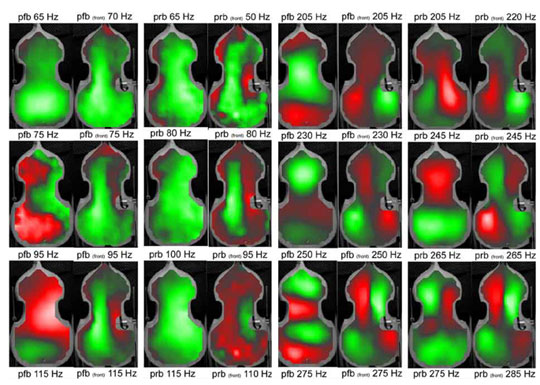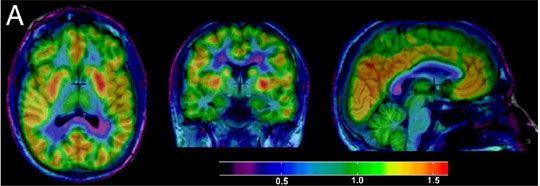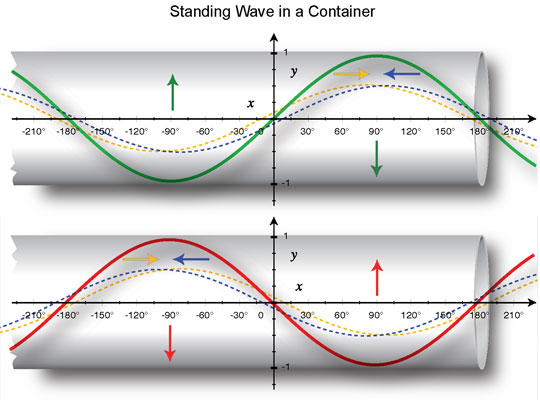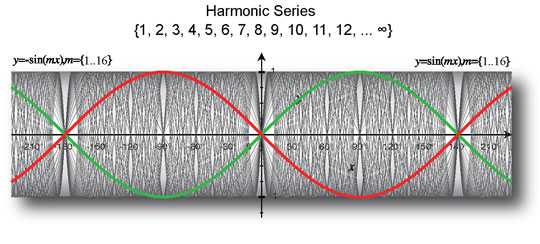Understanding Resonance
I am text block. Click edit button to change this text. Lorem ipsum dolor sit amet, consectetur adipiscing elit. Ut elit tellus, luctus nec ullamcorper mattis, pulvinar dapibus leo.
By Richard Merrick
What is Resonance?
Example: Acoustical resonance of different frequencies in a cello.

- A phenomenon of reflected energy
- Always occurs inside some kind of container
- Has a prime resonant frequency
- Represented as squared magnitudes (E=mc2)
- Responsible for all coherence in nature
- Universal to ALL types of waves (air, water, electricity, light, atoms, plasma, etc.)
Neural Resonance

Holonomic brain theory (Karl Pribram, David Bohm)
‘Cognitive function is guided by a matrix of neurological wave interference patterns.’
Harmonic resonance theory (Steven Lehar)
What is a Standing Wave?


This is what the harmonic series looks like when both opposing phases of interference are superimposed at a constant energy level or amplitude. Notice the stable pattern it creates and the gaps that form around the nodes and other locations. This is universal to all kinds of waves as they ‘resonate’ inside some container.
Question is, what causes standing waves to form in such a regular pattern? What is the underlying physics that prevents fractional or enharmonic waves from forming on the prime resonant frequency?
Copyright (c) 2011. All Rights Reserved.









